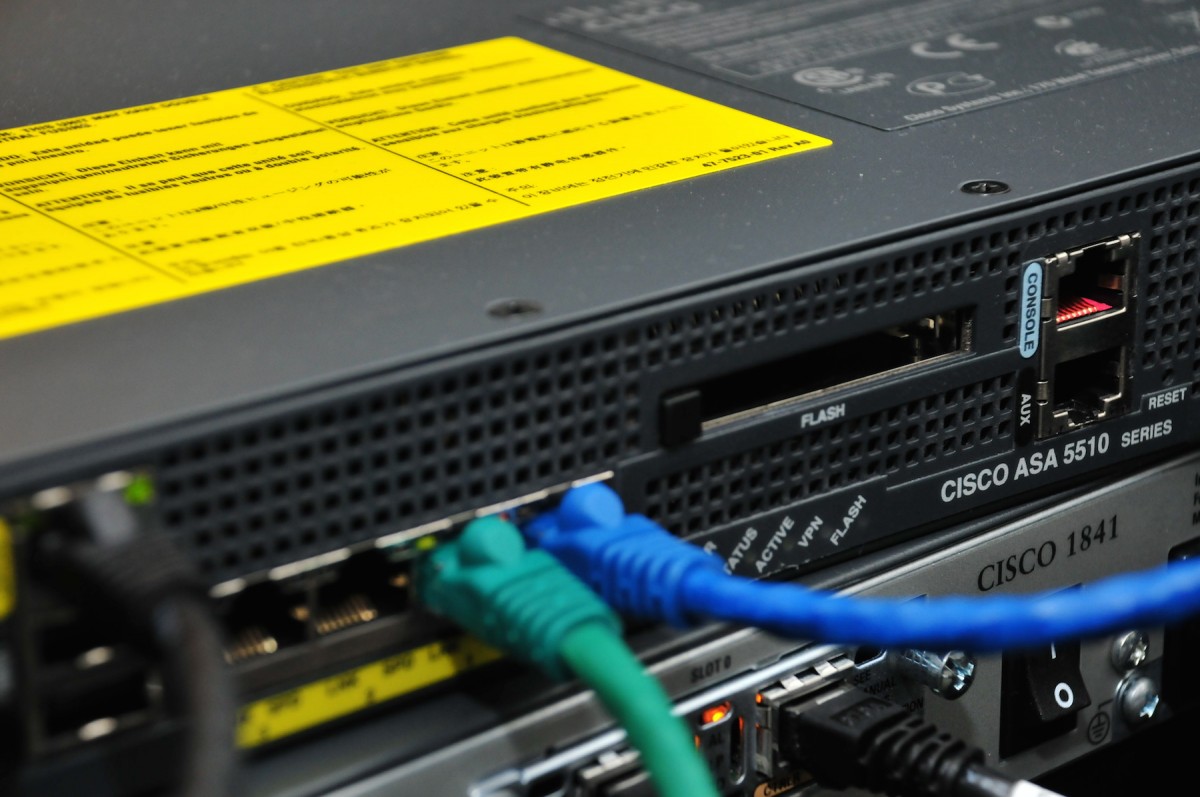What does the end of ISDN mean for businesses?
BT has recently announced that by 2025, the use of ISDN and PSTN services is going to be phased out.
All of these services will have to be moved over to IP services, such as VoIP, over the next ten years. Ten years seems like a long time, but millions of customers will have to be migrated over to the new services. There are also plans for more investment in the existing ISDN lines, but for businesses, making the move over to the SIP technology is an important one and one that should be done as soon as possible.
SIP has the ability to help companies cut back on their communications costs and resources, offering the flexibility that is needed to move forward. The main benefit of the new services is that it can take away some of the physical aspects of traditional phone lines. There are fewer call capacity restrictions and fewer restrictions on location.
The new system offers “virtual” phone lines instead of physical wires, and the new system will also be able to offer calls that could be around 40 per cent cheaper than standard telephone calls. However, there are also other benefits. It is far more flexible than ISDN, and as more and more companies are opting for more flexible working practices, SIP is going to be able to offer mobile office solutions – the demand for this is going to increase over the next decade.
Workers who are not based in the office will be able to have calls automatically forwarded from their desk phone to their smartphone or even computer, and there would not be a charge for doing this. This will also work if a line is busy or if there is an outage locally. The SIP trunking can reduce the effects of external problems so that businesses can continue working. It is estimated that if a company cannot be contacted for up to two hours, then they can suffer both financially and in terms of reputation.
ISDN has been very good technology that has stood the test of time. However, as more and more companies move over to SIP, BT is going to be investing less and less in ISDN, so over time it will become less and less reliable.
Companies making the move need to make sure that they have the right provider in place when they make the switch. The provider should have its data centre, network and connectivity all in one place. If a company has a provider that has every aspect of the business in different places, this can result in complications for the company. They should get this information before a contract is signed and find a provider that can offer “end-to-end” services.
It is recommended that companies look into all aspects of the service before they switch and make sure it is tailored to their own requirements. Find out how your enterprise can benefit from using the right technology by contacting Synergy Mobile today.

